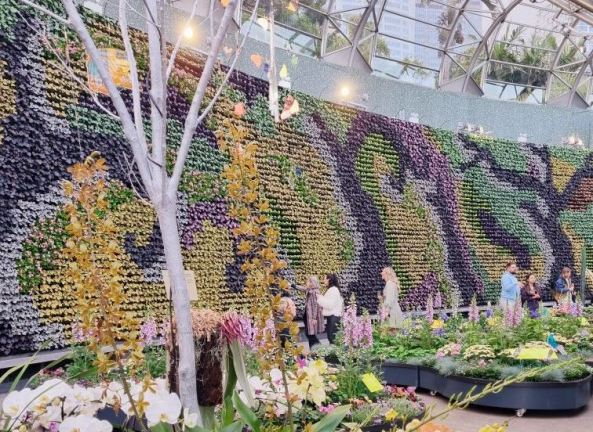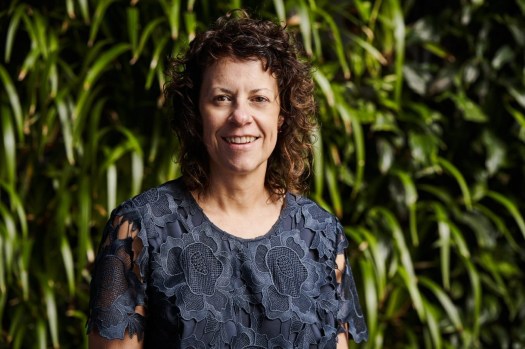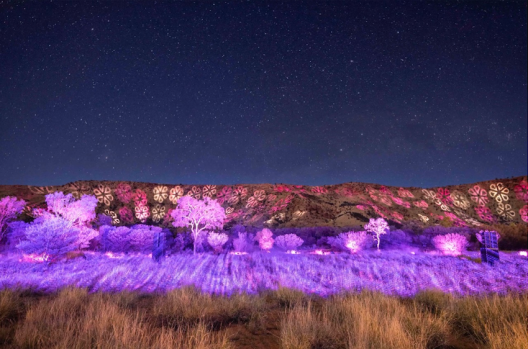
It is gearing up to be a big year for events in Australia. The key challenge for organisers is that people are busier than ever and economic conditions across the country mean events in 2024 need to stand out as must-attend experiences that get punters through the door.
The content shared at each event is a big part of the appeal, but other trends set to dominate 2024 demonstrate that organisers want their event to catch people’s eyes as a welcoming, informative, entertaining and unique experience.
Inclusivity: No longer a nice-to-have
Too often, accessibility is considered a nice-to-have component of event hosting and can be cut or implemented poorly when budgets are tight. Rebecca Grace, general manager of Sydney-based Centre for Inclusive Design, says in 2024, there will be greater effort put into getting this right. An inclusive and accessible event is automatically more welcoming and open to guests, and is an important way to demonstrate organisers are committed to delivering an excellent experience for everyone.
“As Gen-Z starts having more presence in our workforce, they are pushing for changes to become more inclusive, and they are doing so at every point they can,” she says.
Grace points to three areas where event organisers can immediately improve the accessibility of their event:
- Access to the building: Many buildings are compliant with accessible building codes but the ability for people to get to the venue is often not considered. Think of things such as a building that has ramps but is a 15-minute walk from the nearest public transport hub. It’s important to provide a guide on how to get to an event’s venue that includes how close it is to public transport, and whether is it uphill or downhill from that hub.
- Captioning: Including live captioning into events is great, but it’s important to coach speakers to annunciate clearly and slow down their speaking speed otherwise the quality of captions will be affected. It is also important to remember captioning is not a solution for AUSLAN interpreters and that having both is important for AUSLAN speakers.
- Lighting: Bright flashing lights, which are traditionally used to build up hype and excitement, are poor from an accessibility point of view, and the best events need to find a new approach to this.

Standing out with natural beauty
Danielle Helps, event and venue officer at Botanic Gardens of Sydney, notes the costs of running events are increasing, but budgets for putting them on remain flat. In 2023, there was greater emphasis on small-scale, intimate events, however with event sizes set to expand in 2024, a priority for organisers will be spaces where a lot can be delivered while remaining efficient on resources.
“A notable trend is the customisation of [Botanic Gardens of Sydney venue] The Calyx’s design to match brand identities for experiential events,” she says. “Clients leverage the venue’s adaptability to create distinctive and memorable brand experiences, whether through lighting schemes or immersive displays.
“The evolving event landscape favours venues such as The Calyx (pictured at top), where nature-themed aesthetics, strategic location and personalised design converge for unparalleled experiential events.”
Helps says another advantage of utilising a space where natural beauty is a major drawcard is it will help organisers deliver a sustainable event, which will become a greater priority as tougher sustainability reporting standards come into play this year.

Catering with a conscience
Sara Flaksbard, general manager of Sydney’s Laissez-faire Catering, says sustainability and other positive environmental, social and governance (ESG) outcomes are going to be focal points in the catering of events this year.
“Sustainability and local produce are taking the spotlight, and demand for events centred around lavish ingredients and multiple tasting-style dinners will fade,” she says.
What this means is greater focus on simple, wholesome ingredients and natural flavours. There is increased awareness of the need to offer plant-based menu options, and because sustainability means local sourcing of ingredients wherever possible, there will be an emphasis on regional and fusion cuisine that brings local produce into focus.
However, catering has always presented an opportunity to be playful and creative, making food a memorable part of an event’s experience. Flaksbard says there will still be significant opportunities to be creative and innovative in 2024.
“We are working with our event team at The Calyx to create fun ways to showcase brands,” she says. “3D-printed foods will be a key feature on all our menus, allowing us to deliver messages, themes and brand identities in fresh and captivating ways.
“Ethnic and cultural fusion will collide, mirroring the way food trends often draw inspiration from different cultures. This year, we’re witnessing a greater blending of cuisines, resulting in unique and innovative flavour combinations as culinary traditions seamlessly merge.”

Seven key themes to watch in 2024
1) Enhanced event accessibility: Areas for consideration include dietary considerations, quiet spaces, trigger warnings and LGBTQI+ inclusivity.
2) Inclusive event planning: The events industry is becoming more consultative, with a growing trend towards inclusivity, driven by industry professionals and the influence of Gen-Z.
3) Nature-centric event spaces: Demand is rising for sustainable, natural and customisable event spaces.
4) Economic efficiency in event planning: Organisers are streamlining costs through efficient team structures, transparency in cost communication, and maximising venue features.
5) Return to larger events: The trend is shifting back to larger events in 2024, with heightened demand for elevated levels of service.
6) Evolution of event menus: Event menus in 2024 will focus on sustainability, plant-based options, regional and fusion cuisine, health-conscious choices and personalised items.
7) Sustainability in event catering: Sustainability will play a significant role in event menu planning, emphasising smaller portion sizes, plant-based options, and local and seasonal ingredients.





